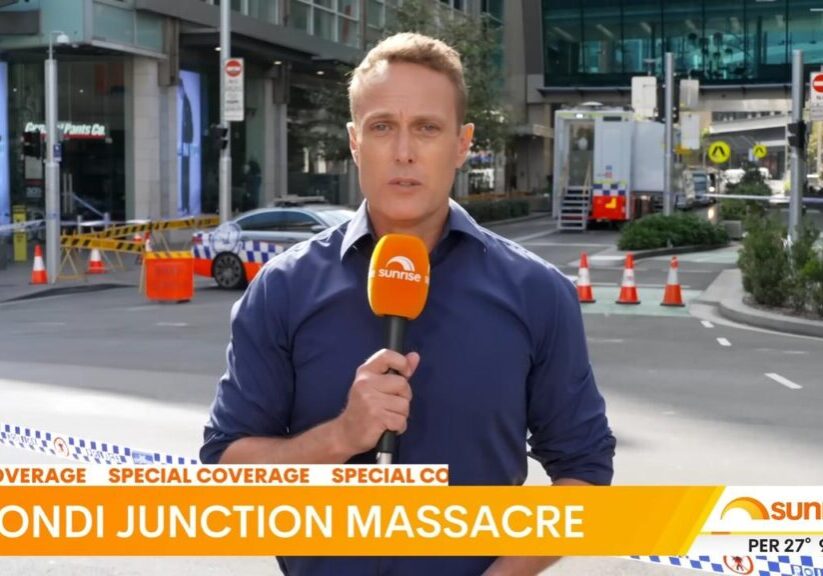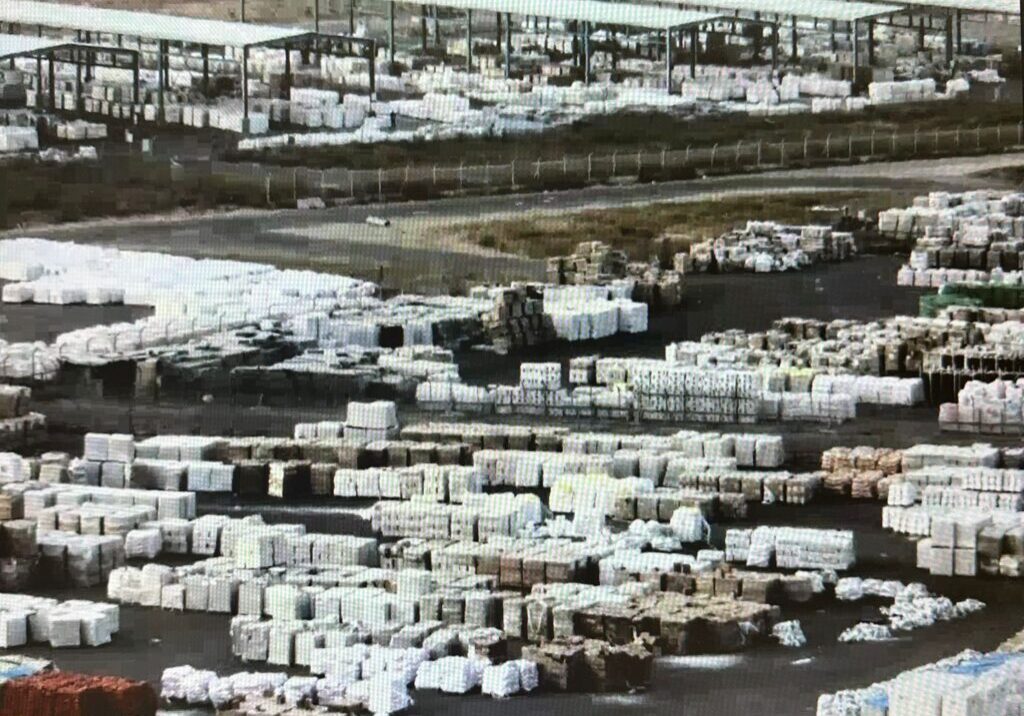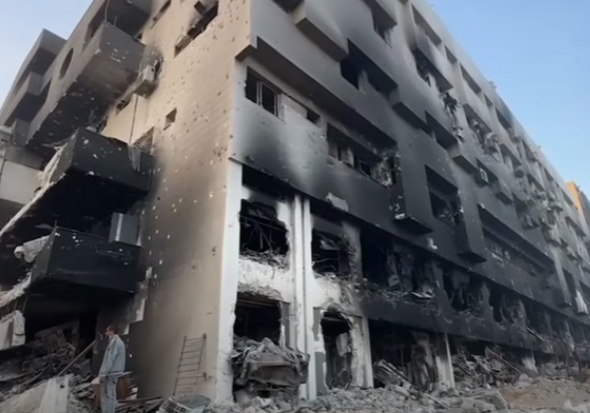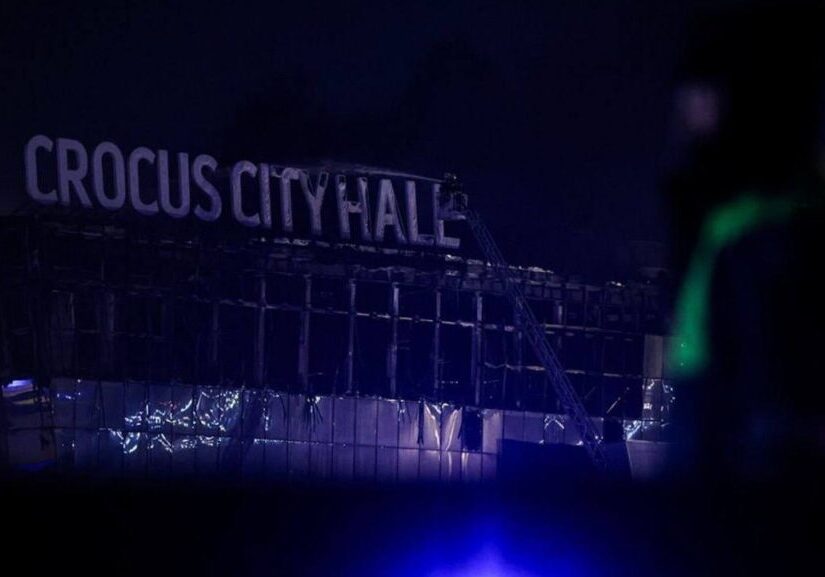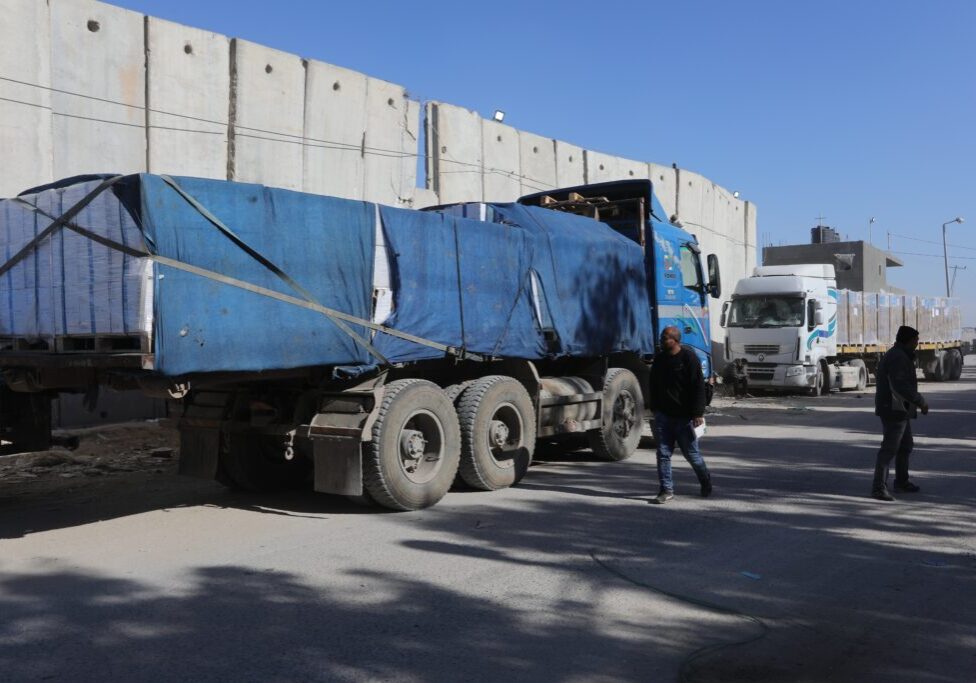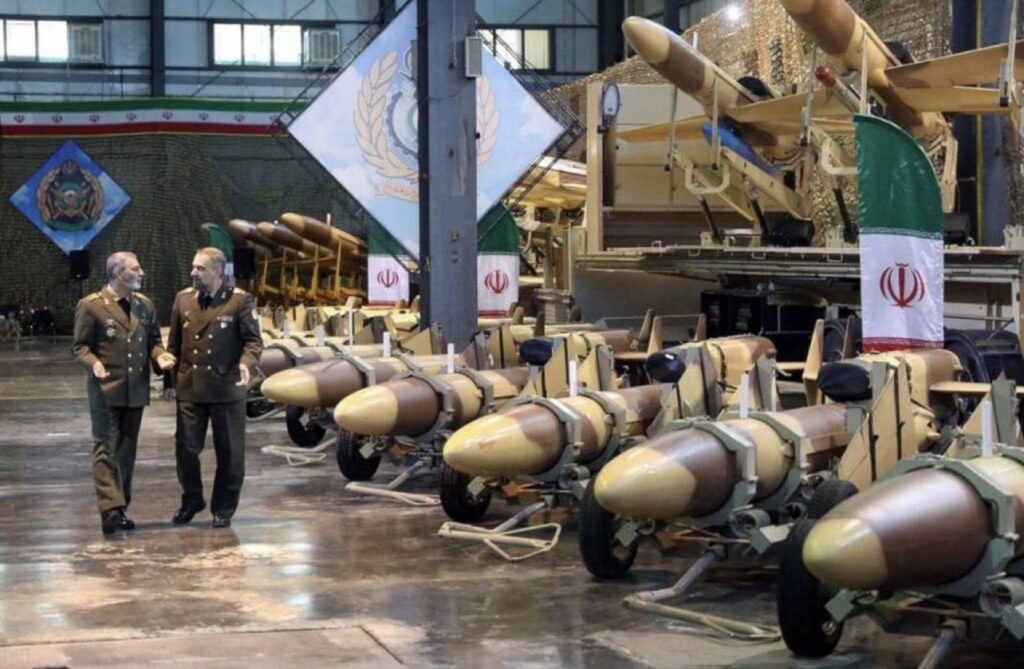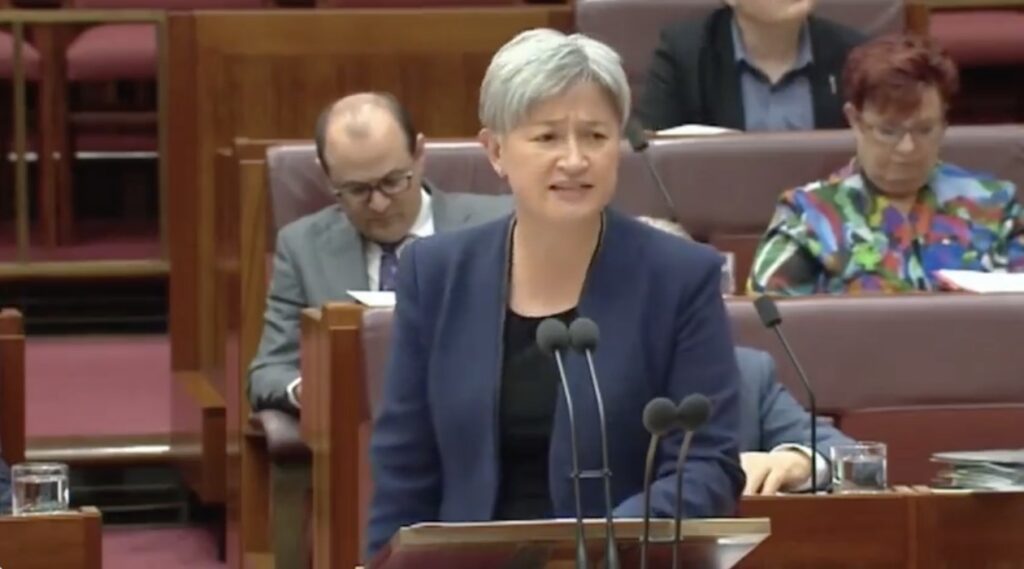FRESH AIR
UPDATES
On construction within settlements, Israel maintains policy
Feb 14, 2017 | Ahron Shapiro
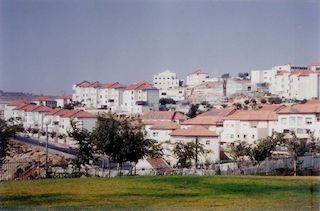
In a follow-up to my previous blog on Israel’s West Bank settlements from late last month, I examine a second round of approvals for around 3,000 more housing units in the settlements that was announced approximately a week later.
What’s of particular note is that, although this announcement from January 31, like the previous one from January 24, occurred after the inauguration of Donald Trump, it remained consistent with Israel’s settlement policy for over a decade – largely avoiding significant expansion of construction in settlements outside of the settlement blocs Israel is expected to retain in any future peace agreement through the use of land swaps with the Palestinians.
The context of this particular announcement was the forcible evacuation of the settlement outpost Amona that day, carrying out an order by Israel’s High Court issued after it was determined that much of the outpost had been built on land privately owned by Palestinians.
What was the impetus for such an announcement? Many analysts believe that Prime Minister Binyamin Netanyahu and Defence Minister Avigdor Leiberman were under pressure to make such an announcement to stave off a government crisis with Naftali Bennett’s Jewish Home party.
Now for the big question: How many much of the construction is intended for settlements outside the blocs that Israel intends to keep in any peace deal through land swaps?
To put it another way, what impact, if any, has the new announcement had on the viability of the two-state outcome?
The answer to the both questions is, “very little”. Even according to statistics compiled by the anti-settlement NGO Peace Now, only 400 homes or apartments, or 13.2 percent of the 3,030 housing units promoted in the latest announcement, would be built east of the Security Barrier (or planned route of the security barrier in areas where the barrier has not yet been built).
Here’s a table that is included in Peace Now’s borderline-hysterical condemnation of the January 31 announcement.
As a general rule, only the settlements identified as being east of the security barrier can be considered to be outside of the blocs. I’ve highlighted those specific settlements in blue, and the total number of housing announced outside of the blocs highlighted in red.

There are exceptions to this rule [1].
Note also Peace Now’s comparison of the settlements involved in the announcement to its benchmark of the “Geneva Line”, a reference to the Geneva Initiative of 2003, a far-left Israeli peace plan created in conjunction with a handful of Palestinians that has never been endorsed by the vast majority of Israelis and Palestinians or their leaders. While the “Geneva Line” has no legitimacy, it is only by using this invalid benchmark that Peace Now can criticise Israel’s government on the settlement issue to the extent that it does.
According to Peace Now:
[Besides the 400 housing units announced for three settlements east of the Security Barrier, the January 31 announcement] includes the promotion of 980 units in settlements that are very problematic for a future agreement. In total, the announcement includes 1380 housing units in areas that are not likely to be a part of Israel in a future agreement.
For Peace Now, a remarkably self-serving claim, considering no major Israeli party on the right or left has endorsed the “Geneva Line” or is known to have negotiated on its basis.
Furthermore, regarding this announcement, not only would the construction of any houses announced be possibly years away (and in many instances, never eventuate at all), but any houses built would be restricted to areas within the boundaries of the settlements themselves
Recap and Conclusion
While it’s true that the advancement of 5,500 units in the settlements in the course of under two weeks was unprecedented, there are three things to keep in mind.
First, history has shown the act of advancing plans often serves a domestic political purpose in itself and does not always lead to actual construction. Plans can, and often are, put on hold indefinitely. For many others that do get built, the process involves several stages of approvals that can take years to complete.
Second, even in the Trump era, Israel continues to overwhelmingly limit its construction to the settlement blocs it is expected to keep in any implementation of a two-state outcome. Put another way, the Israeli government’s emphasis on construction primarily within the blocs does not jeopardise a two-state outcome, rather, it is consistent with an Israeli government strategy to maintain the viability of a two-state outcome.
And third, the spike in construction plans was affected by a confluence of at least three factors:
- An expectation that President Trump will, at least, respect the understandings on construction in settlement blocs reached between then-prime minister Ariel Sharon and president George W. Bush in 2004, and subsequently discarded by president Obama in 2009.
- Pent-up frustration of people living within settlements, including inside the blocs, over the fact that construction has failed to meet natural growth for years.
- The evacuation of Amona, which destabilised Israel’s governing coalition.
The evacuation of Amona completed, a controversial settlement regulation bill passed on February 6 (and expected to be ruled unconstitutional by the High Court shortly), and following a warning from Netanyahu to right-wing coalition partners on the issue, most analysts believe no further developments are expected on the matter of settlements – at least until Israeli Prime Minister Binyamin Netanyahu meets with President Trump later this week.
Ahron Shapiro
[1] As mentioned above, the general rule that the security barrier follows the contours of the settlement blocs has exceptions. For example, in certain areas, the barrier has been planned and not yet built. This is what Peace Now means by “Planned Route” – it means Israel plans to include these areas on the Israeli (west) side of the barrier when it is built. In another exception, the current barrier route near Tel Aviv does not currently incorporate the city of Ariel, and the barrier route near Jerusalem does not incorporate Ma’ale Adumim, but all Israeli governments have argued in negotiations that these cities should be included as part of the settlement blocs.
Tags: Israel

